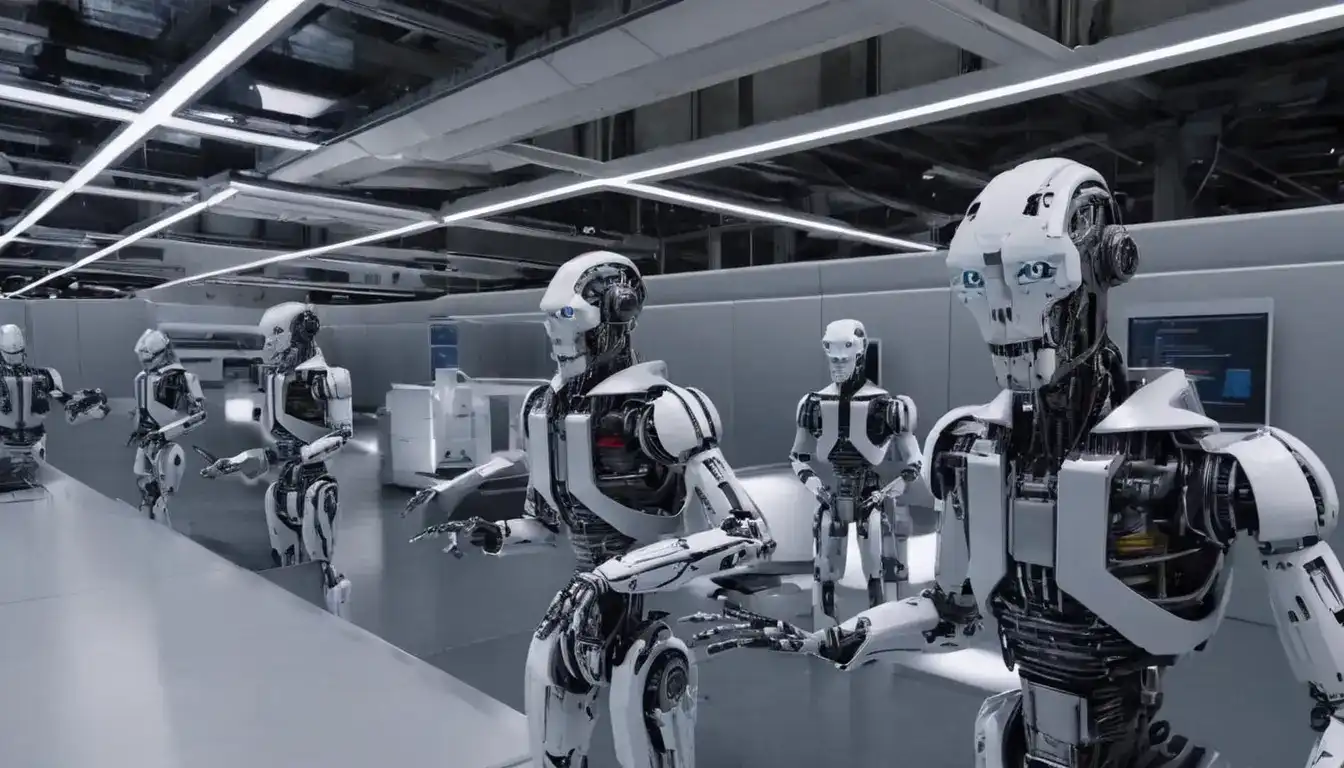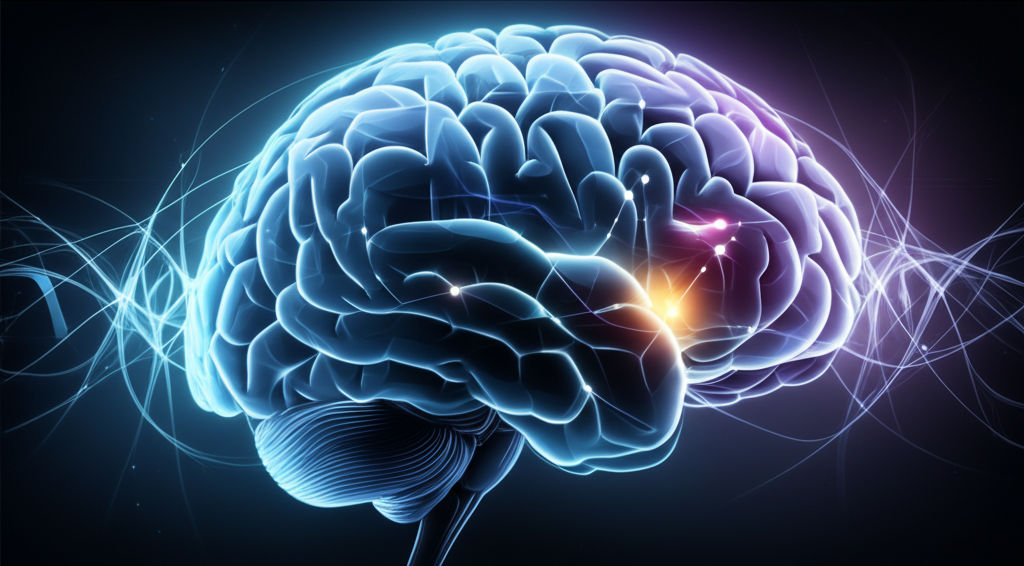Eco-friendly Options for a Stylish Wardrobe
Emily Willis

Photo: Eco-friendly Options for a Stylish Wardrobe
In today's world, where environmental sustainability is increasingly crucial, making eco-friendly choices extends beyond daily habits into our fashion choices. Building a stylish wardrobe that aligns with eco-conscious principles not only reduces our carbon footprint but also supports ethical practices in the fashion industry. This article explores various eco-friendly options and practices that can help you create a sustainable and fashionable wardrobe.
Understanding Eco-friendly Fashion
Eco-friendly fashion, also known as sustainable fashion, encompasses clothing, accessories, and footwear made from environmentally friendly materials and produced under ethical conditions. The fashion industry is one of the largest contributors to global pollution and waste, making sustainable choices essential for reducing environmental impact.
Benefits of Eco-friendly Wardrobe Choices
Reduced Environmental Impact: Eco-friendly fashion reduces the use of harmful chemicals, minimizes water consumption, and decreases carbon emissions compared to conventional clothing production. It promotes biodiversity and supports sustainable farming practices.
Support for Ethical Practices: Sustainable fashion encourages fair labor practices and safe working conditions for garment workers. It promotes transparency in supply chains and ensures that workers receive fair wages for their labor.
Long-lasting Quality: Eco-friendly clothing tends to be higher in quality and durability, offering timeless styles that withstand trends. Investing in sustainable pieces reduces the need for frequent replacements, ultimately saving money and resources.
Personal Style Expression: Building a sustainable wardrobe allows individuals to express their personal style while making a positive impact on the environment. Eco-friendly fashion encompasses diverse styles, from minimalist basics to artisanal designs.
Eco-friendly Materials for Clothing
Organic Cotton: Produced without synthetic pesticides or fertilizers, organic cotton reduces environmental impact and promotes soil health. It is soft, breathable, and versatile, suitable for a wide range of clothing items such as t-shirts, jeans, and dresses.
Hemp: Hemp is a resilient and fast-growing crop that requires minimal water and pesticides to thrive. It produces strong fibers that are used to create durable clothing, including shirts, pants, and jackets. Hemp fabrics are breathable and become softer with each wash.
Bamboo: Bamboo fabric is derived from bamboo grass, which grows rapidly without the need for chemicals. It is biodegradable, hypoallergenic, and offers natural UV protection. Bamboo clothing is soft, moisture-wicking, and ideal for activewear, loungewear, and undergarments.
Recycled Materials: Clothing made from recycled materials, such as recycled polyester (PET) from plastic bottles or recycled nylon from discarded fishing nets, reduces waste and conserves resources. Recycled fabrics are used in outerwear, swimwear, and accessories.
Tencel (Lyocell): Tencel is a sustainable fiber made from wood pulp sourced from responsibly managed forests. It is known for its silky texture, breathability, and biodegradability. Tencel is used in various clothing items, including dresses, blouses, and lingerie.
Practices for a Sustainable Wardrobe
Buy Less, Choose Well: Adopt a minimalist approach to fashion by investing in timeless pieces that can be mixed and matched. Prioritize quality over quantity to build a versatile wardrobe that lasts.
Support Ethical Brands: Research and support fashion brands that prioritize sustainability, transparency, and ethical production practices. Look for certifications such as Fair Trade, Global Organic Textile Standard (GOTS), or B Corp.
Upcycle and Repurpose: Extend the life of clothing items by upcycling or repurposing old garments into new styles or accessories. Get creative with DIY projects to give old clothes a fresh look and reduce textile waste.
Care for Your Clothes: Follow proper garment care instructions to prolong the lifespan of your clothing. Wash clothes in cold water, air dry when possible, and avoid overwashing. Repair garments when needed to extend their wearability.
Swap and Second-hand Shopping: Participate in clothing swaps or shop from second-hand stores, thrift shops, or online resale platforms. Buying pre-loved clothing reduces demand for new production and promotes circular fashion practices.
Conclusion
In conclusion, creating an eco-friendly and stylish wardrobe involves making conscious choices that prioritize environmental sustainability and ethical standards. By choosing clothing made from organic fibers, recycled materials, or responsibly sourced fabrics, individuals can reduce their environmental footprint and support a more sustainable fashion industry. Embrace a minimalist mindset, support ethical brands, and practice mindful consumption to build a wardrobe that reflects your values while enhancing your personal style. Together, we can contribute to a more sustainable future through our fashion choices.
Latest ✨
View AllVirtual Reality (VR) technology is revolutionizing the entertainment industry by providing immersive and interactive experiences that transform audience interaction with content. VR creates simulated environments that allow users to engage with virtual worlds, characters, and narratives in ways that traditional media cannot.
Emily Willis
sustainable travel and highlights three destinations - Costa Rica, Iceland, and New Zealand - where eco-conscious adventures are prioritized. It describes the eco-friendly activities and responsible tourism practices in each destination, as well as providing additional tips for sustainable travel such as packing light, choosing eco-friendly transportation, and embracing local cuisine.
Emily Willis
Senior secured financing explained: benefits, types, tips, and real-world examples to help businesses access low-risk, asset-backed capital solutions.
Emily Willis
Transform your sales approach. Discover top modern sales techniques, including consultative selling, to connect, persuade, and build lasting customer relationsh...
Emily Willis
Business
View All
June 8, 2025
SEO Strategy to Rank Higher (2025)Master SEO in 2025! Discover essential strategies for user experience, AI, and E-A-T to rank higher and capture organic traffic.
Emily Willis

August 4, 2024
DEI in the Workplace: Building a More Inclusive and Equitable Work EnvironmentDiversity, Equity, and Inclusion (DEI) in the workplace, highlighting the benefits of a diverse workforce and the key elements of DEI. It emphasizes the need for leadership commitment, unconscious bias training, diverse recruiting and hiring practices, equitable opportunities, employee resource groups, open communication, and feedback mechanisms.
Emily Willis

June 9, 2025
Cloud Computing for Small BusinessUnlock growth & efficiency! Discover how cloud computing empowers small businesses with cost savings & agility in the digital age.
Emily Willis
Economy
View AllThe stock market is a crucial component of the global economy, providing a platform for capital formation, investment, and wealth creation. Understanding stock market movements, including bull and bear markets, market volatility, and factors influencing stock prices, is essential for investors, businesses, and policymakers. Economic, financial, and behavioral factors all play a role in shaping stock market dynamics.
Read MoreLooking to save on car insurance? Discover how to get accurate, personalized car insurance quotes online with this comprehensive guide. Fast, easy, and cost-effective.
Read MoreDemystify the stock market! Our essential guide breaks down complex concepts for beginners, helping you understand smart investing and build wealth with confide...
Read MoreEntertainment
View All
August 5, 2024
Music's Evolving Landscape: Technology, Social Media, and Global TrendsThe music industry has undergone significant changes due to technological advancements, social media, and a growing global audience. The shift from analog to digital formats, the rise of streaming services, and the impact of social media on artist-fan relationships are explored.
Emily Willis

August 4, 2024
The Evolution of Digital Distribution in the Music Industry: Challenges and OpportunitiesThe music industry has been transformed by digital distribution, which allows quick access to a vast catalog of music through streaming services and online stores.
Emily Willis

August 5, 2024
Entertainment in Society: Social Impact, Cultural Influence, Economic ContributionsEntertainment is more than just a way to pass the time it has a significant impact on society, culture, and the economy. It promotes empathy, sparks conversations, and drives social change. It reflects and shapes cultural trends, while also preserving traditions. The entertainment industry generates jobs, contributes to economic growth, and drives technological innovation.
Emily Willis
Health
View AllRegular physical activity is crucial for maintaining long-term health and well-being. It has numerous benefits, including improving cardiovascular health, aiding in weight management, enhancing mental health, strengthening bones, boosting immune function, and promoting longevity.
Emily Willis
The focus of nutrition advice is shifting towards personalized nutrition, taking into account individual genetic makeup, lifestyle, and health goals to create a customized eating plan. This approach can lead to improved health outcomes, enhanced nutrient absorption, increased motivation, and targeted support for specific health concerns.
Emily Willis
sleep for physical and mental well-being, discussing the benefits of sleep such as physical restoration, brain function, emotional regulation, concentration, and reduced risk of chronic diseases. It explains the different stages of the sleep cycle and provides guidelines for how much sleep individuals of different ages need.
Emily Willis
Trending 🔥
View All
2
3
4
5
6
8
9
Lifestyle


Sports
View AllAugust 4, 2024
The Importance of Mental Training and Psychological Strategies in Helping Athletes Reach Their Peak Performance on the Field
Read MoreTechnology
View All
August 5, 2024
The Future of Cybersecurity and Upcoming Challenges
cybersecurity in the digital age, highlighting key trends and challenges that will shape the future of cybersecurity. It addresses issues such as the increased use of AI and ML, the growth of IoT devices, ransomware attacks, cloud security, and supply chain attacks. It also outlines upcoming challenges in cybersecurity, including talent shortage, regulatory compliance, cybersecurity for remote work, quantum computing, and social engineering attacks.

August 4, 2024
Latest Trends in Mobile Application Development
latest trends in mobile application development for 2024. These trends include the integration of 5G technology, artificial intelligence and machine learning, Internet of Things (IoT), augmented reality (AR) and virtual reality (VR), cross-platform development, mobile wallets and payment gateways, progressive web apps (PWAs), enhanced app security, voice search and integration, and sustainability and green mobile apps.

August 4, 2024
Blockchain Beyond Cryptocurrency: Innovative Uses in Various Industries
Blockchain technology is more than just cryptocurrencies like Bitcoin, it has far-reaching applications in various industries. Blockchain is a decentralized digital ledger that ensures transparency and security by recording transactions across multiple computers. It is being used innovatively in sectors such as supply chain management, healthcare, finance, real estate, voting systems, and intellectual property.

August 5, 2024
The Impact of AI on the Future of Work and Education
AI is rapidly advancing and reshaping industries, economies, and societies, especially in the areas of employment and education. In the workplace, AI is changing roles through automation and creating new job opportunities. The future of work will most likely involve collaboration between humans and AI, requiring workers to develop new skills and engage in lifelong learning.


















